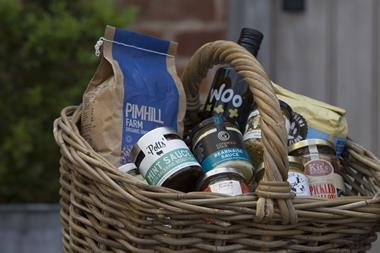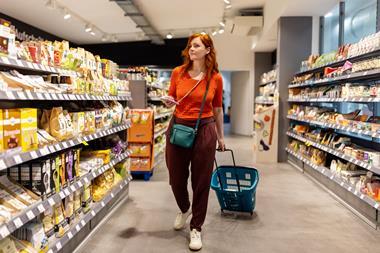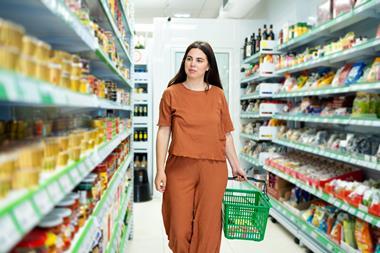Shopper visits to convenience stores continue to rise
2021-05-19T11:12:00

Visit frequency and spend rose however the number of items per basket dipped.
ALREADY HAVE A REGISTERED USER ACCOUNT? PLEASE LOG IN HERE
To read the full story join the ConvenienceStore.co.uk community today!
Registration is quick and easy and provides access to:
- Unlimited ConvenienceStore.co.uk articles
- Our great range of newsletters
- Content you’ve saved for later via the ‘my library’ feature
And much more…
Related articles
-

-

-

How fresh insights can help your store stay customer-relevant
This content is provided by Booker Group
-

-

-

Drive sales and profits in beer’s fastest-growing segment
This content is provided by Asahi
More from News
Unlimited Access + Newsletters
Register today to gain unlimited access to articles and to receive our great range of email newsletters.

























